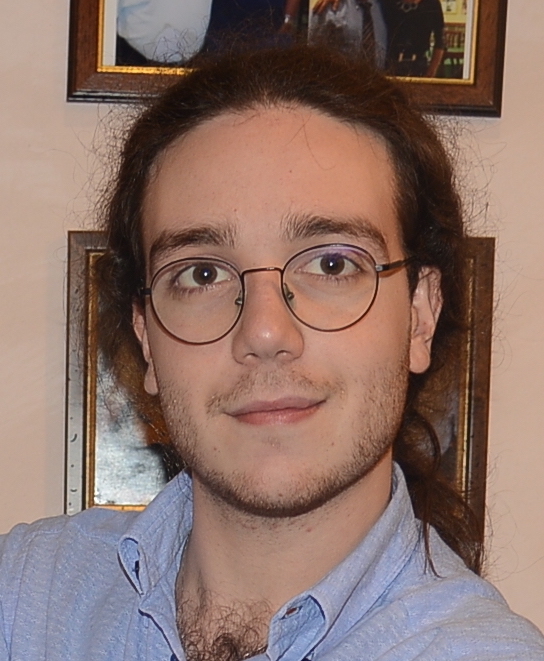Combining underground and on-surface third-generation gravitational-wave interferometers
Published:
Summary
We compare on several sensible metrics the performance of ET (both in the triangular and 2L designs) and a possible network of 3G European detectors consisting of two L-shaped detectors of which one is on-surface and one underground.
Abstract
Recently, detailed studies have been made to compare the performance of the European next generation GW observatory Einstein Telescope (ET) in a single-site triangular configuration with the performance of a configuration featuring two L-shaped detectors in different sites, still taken to have all other ET characteristics except for the geometry, in particular, underground and composed of a low-frequency interferometer working at cryogenic temperatures and a high-frequency interferometer working at room temperature. Here we study a further possibility for a European network, made by a single L-shaped underground detector, like one of the detectors considered for the 2L version of ET, and a single third-generation 20-km L-shaped interferometer on the surface.We compare the performances of such a network to those of the triangle and of the 2L-underground ET configurations. We then examine the performance of an intercontinental network made by a 40-km CE in the U.S., together with any of these European networks.
Links
arXiv: 2408.14946 [gr-qc]
Publisher DOI: 10.1088/1475-7516/2024/10/085
